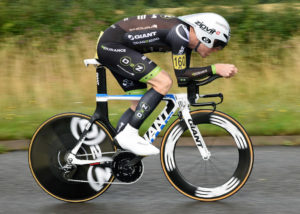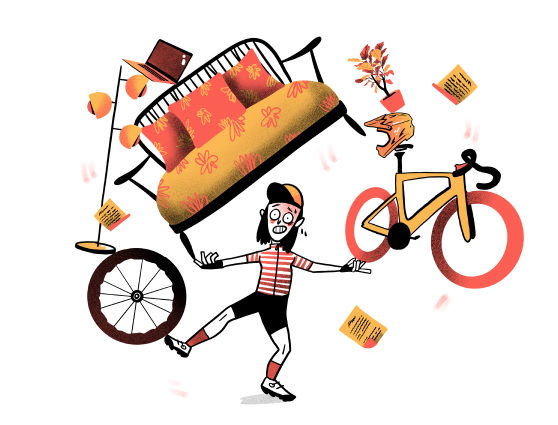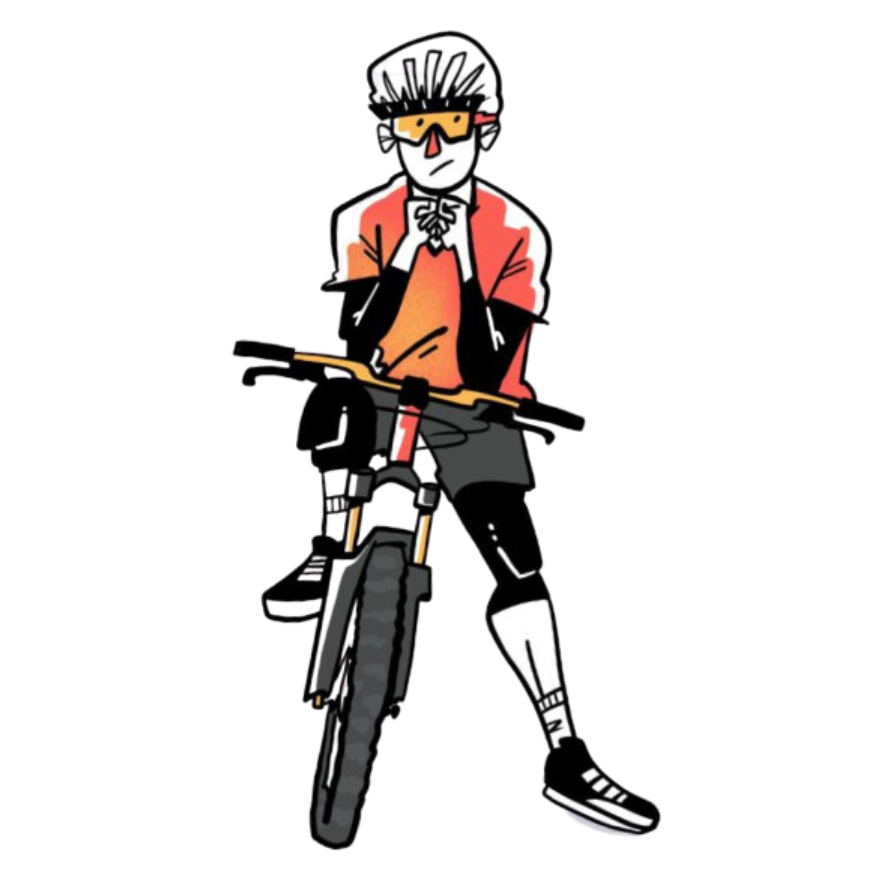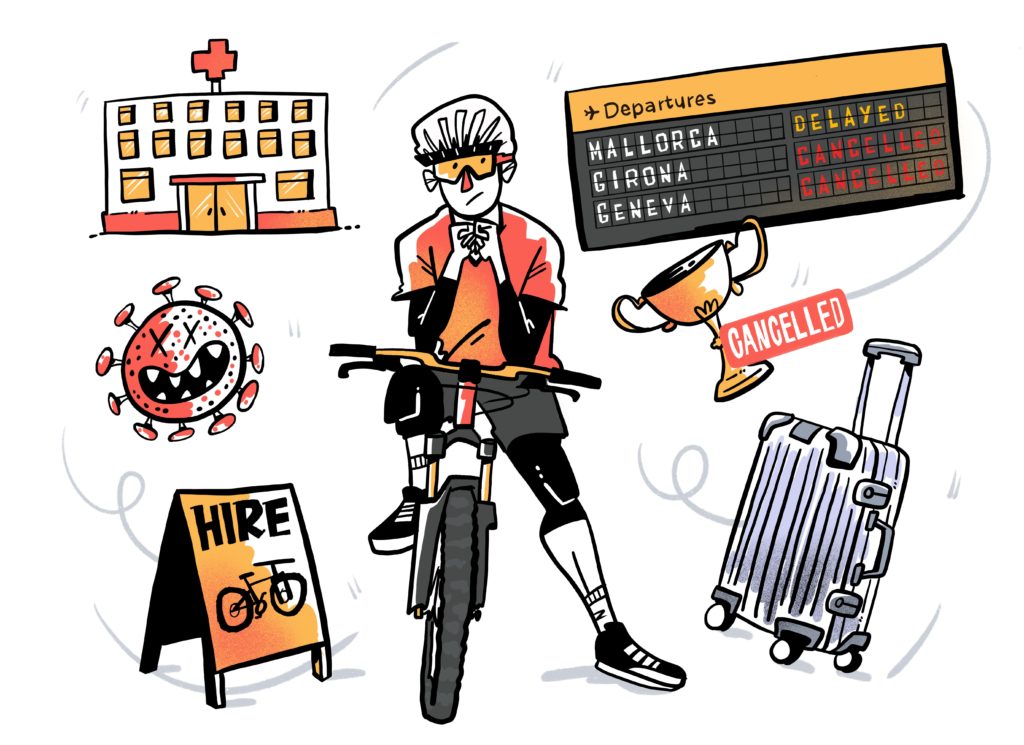Given the chance, most of us would like to be able to ride faster. Whether you’re trying to hang on at the back of the local club run, solo to victory at a local road race, or want to get to work a bit quicker with less effort, being able to go faster helps. The problem is that going faster is only really possible by putting in the hard yards and training more. Although that sounds straight forward, training hard isn’t everyone’s cup of tea and thankfully, Pedalcover have a brilliant solution. Contrary to the above, we think we can make you go faster without training harder. Sound good? Read on to see our top five ways of getting your bike to go faster with no additional effort required!
Narrower bars
Reducing your frontal area while riding is one of the simplest ways to save on watts. This involves decreasing the surface area that the wind hits while riding. Narrower handlebars are a simple and highly effective method of achieving this. According to some unconfirmed studies, every 20mm reduction in bar width at 40 kph could result in a savings of approximately 25 watts of power. This is a significant advantage, especially for those without power meters.
It is important to note, however, that narrow handlebars are not suitable for all riders. Cyclists with broader shoulders or longer arms may experience discomfort or strain over long distances. Furthermore, those who prefer a more upright riding position may find that the narrow handlebars place too much pressure on their lower back and shoulders. If you plan on using narrower bars, it’s advisable to seek professional assistance.
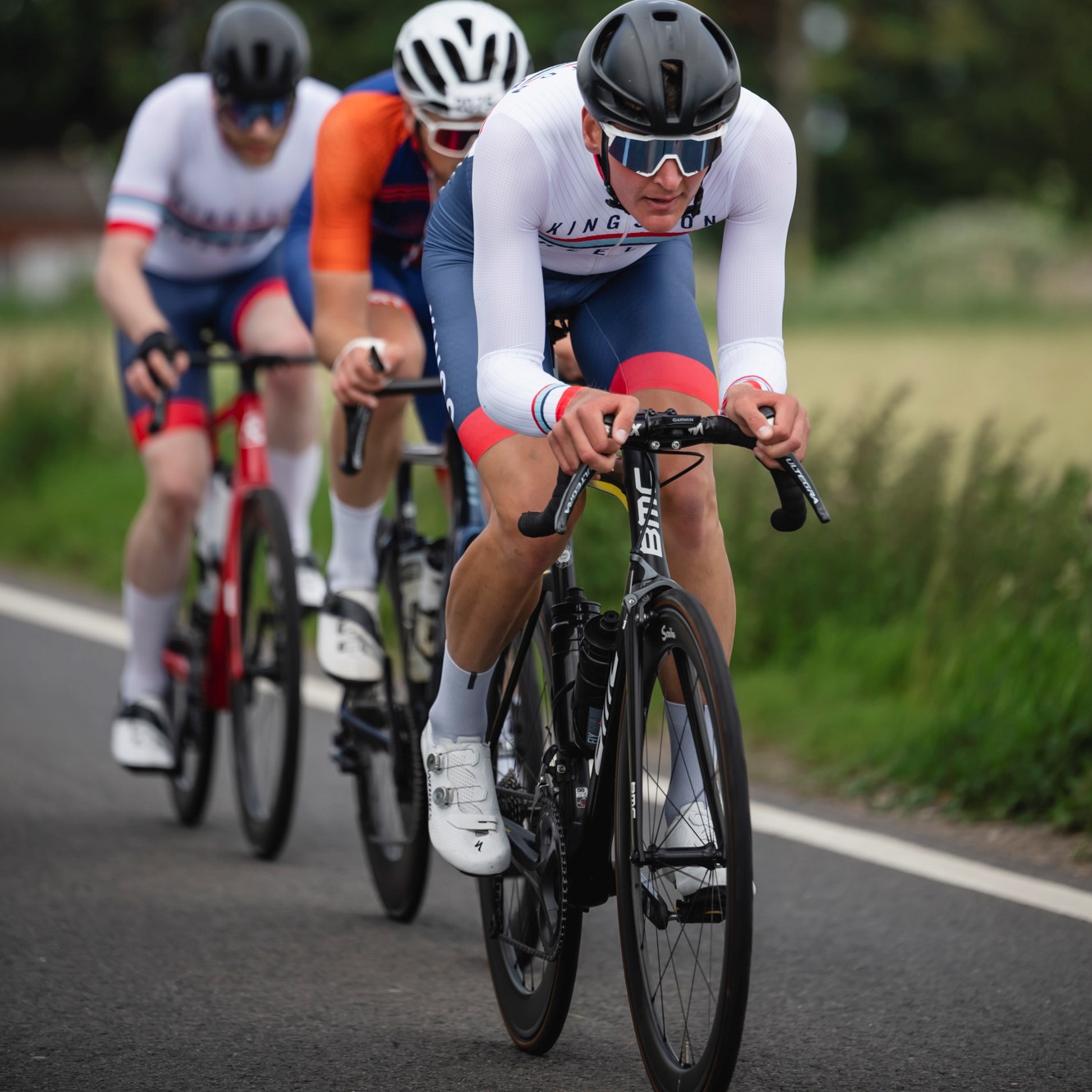
Bike fit
Having a proper bike fit is a wise choice to avoid preventable injuries. Most of us are likely unaware of the ideal saddle height and layback for our new bike. Whether you’re a beginner or an experienced cyclist, cycling can cause various issues such as knee, back, shoulder, wrist, and hip pain. By having a bike fit, you can optimise your body mechanics to the bike’s components, taking into account your height and riding style. This will help reduce the strain on your body caused by inefficient movements and prevent unnecessary discomfort. Even if you’ve been cycling for years, having a professional assess your position is beneficial. After all, we’re all aging!
Tyres and pressure
Road tires can be expensive, and there may be a temptation to use them for as long as possible before replacing them. However, using old tires that have become squared off from extended use is not an efficient approach. While air resistance is the primary factor in energy consumption, rolling resistance can contribute up to 20% of overall resistance, which should not be overlooked.
Switching to wider performance tires can have a significant impact. High-quality tires can improve the feel of your bike by providing better grip and reducing harshness. If you lack confidence in cornering or descending, a tire that absorbs more road vibration can be very beneficial. In addition, more flexible casings can increase comfort. If you tend to inflate your tires until they are hard, you may find the Silca tire pressure calculator to be extremely helpful.
In summary, it is generally worthwhile to replace worn bicycle tires to improve efficiency and safety. Worn tires can negatively affect handling and performance, increase rolling resistance, and raise the risk of punctures and blowouts.
Use your gears wisely
Most modern road bikes are equipped with enough gear ratios to handle the rigorous terrain of a three-week Tour de France race. However, despite the convenience of electronic shifting, many riders fail to properly select the appropriate gear for the terrain they are tackling. This commonly leads to two problems: a failure to anticipate changes in terrain, which can help maintain momentum (both uphill and downhill), and “cross chaining,” where the gear selected pushes the chain to the limits of its operating capacity. Cross chaining can cause increased wear, more noise, and reduced efficiency in the drivetrain. Straightening the chain as much as possible is the optimal solution.
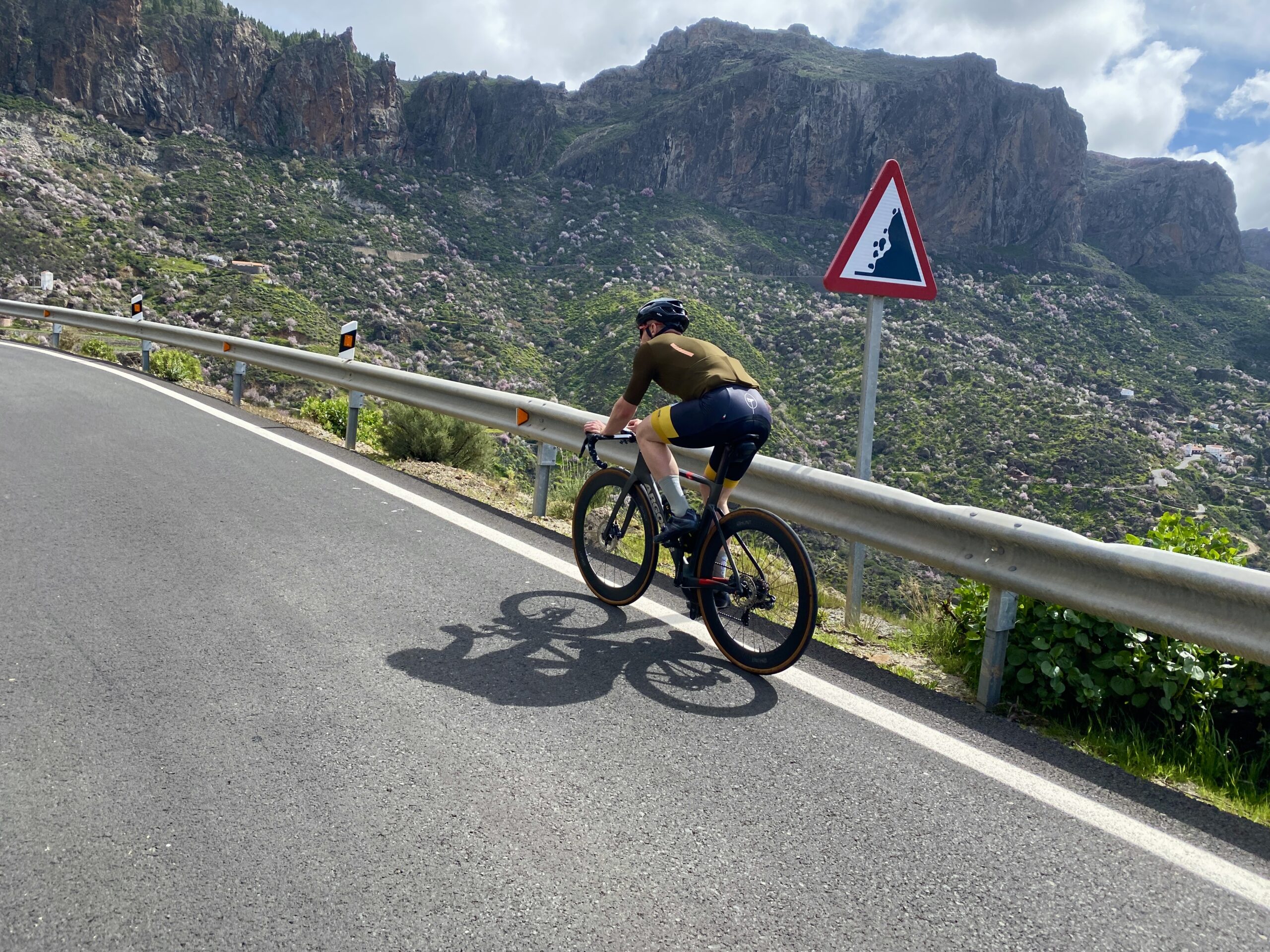
Get your bike serviced
Proper maintenance is crucial in keeping your bicycle running as it was intended. Cyclists who ride in all types of weather conditions know that water, salt, and grit can rapidly deteriorate bottom bracket, pedal, and wheel bearings. If you can hear your wheel bearings or there is lateral movement in your crank arms, they’re likely worn out and will consume extra energy. It’s crucial to replace them before they completely fail! Proper installation of the bearings is just as crucial as their condition. If you lack the necessary tools or expertise to do it yourself, it’s best to go to a bike shop.
We’d love to know what you think of our tips, and if you have tried any of them, please let us know in the comments whether you noticed any performance gains.






